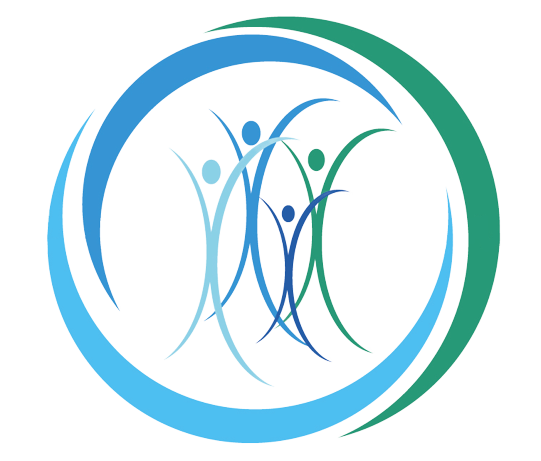When relaxation is NOT the answer
There are many times when it is helpful to find a way to calm down, relax the nervous system, connect with our breath and bodies, and allow ourselves to access our thinking brains (instead of our “animal”/instinctual brains.) Learning and practicing mindfulness can help us sleep better, manage our emotions, ease our thoughts of fear and worry, and live our best lives.
But what about times when trying to relax is NOT the best thing for us? Many of us have performance anxiety relating to work, public speaking, artistic performance, sport, test taking or similar situations in which we find our hearts beating faster, our palms sweaty or our thoughts racing. When this happens, our bodies are responding to situations that feel stressful and our nervous anxiety presents with these types of symptoms. So the answer is to try to relax, right? Actually, no. If you are about to deliver a crucial work presentation, give a speech to a large audience, perform your art, face a key moment in a game or take an important test, we actually need to harness that energy rather than try to eliminate it. We want to find a way to tap into it and utilize it to deliver, to focus and to save the game.
As Dr. Inna Khazan discusses in her paper, “Taking Human Performance to the Next Level,” most of our ideas about optimizing performance are wrong. As she states, “we spend a lot of time and put much emphasis on efforts that are not only not helpful to our performance, but are, in fact, detrimental to it.” In one study, over 90% of participants thought they needed to relax or calm down to reach peak performance. But that normal response, that increased heart and breath rates, that increased sweating and keyed-in focus is actually activation that we need to perform at our best. We can’t be so stressed that we are too anxious or overwhelmed to perform, but we also can’t be so relaxed that our performance suffers.
So what can we do to find this balance and achieve this optimal level for performance? Dr. Khazan notes the benefit of biofeedback to learn about and practice skills for regulating our nervous systems, to help us find that balance when it is needed. Even without biofeedback, though, mindfulness can play a vital role. Rather than solely to calm our systems, consider mindfulness in terms of awareness. Learning to become aware of your system, how your body is responding to stress and how to identify the power of those responses is the key. It is helpful to understand why our hearts might be racing or our palms might be sweaty to accept and allow them to play their roles in our experience. Then we can become more aware of the importance of the symptoms rather than becoming concerned and overly activated by them. If we can learn to regulate that fear response, we will be able to harness our attention, memory, focus and ability to learn.
Dr. Khazan outlines her FLARE technique that she designed to optimize performance:
F - Feel. Become aware of what you are experiencing.
L - Label. Label your experience with a simple, nonjudgmental word to help reduce the activation and separate from the emotions within.
A - Allow & Appraise. I would also add “Accept." Even if you cannot understand why it is happening, your body is responding for a reason and this response is out of your control. So try to appraise, allow and accept the response rather than trying to change it.
R - Respond. Choose an intentional action that you can control, such as mindful breathing, to regulate your system. It may take some practice to know what works best for you in moments of stress, but this will be key in those moments of performance anxiety.
E - Expand awareness. Now that you have responded, bring your attention back to the world around you by grounding your body, noticing your surrounds, and checking back in as you did in “F”. As Dr. Khazan notes, this step “allows you to see the difficult experience as just a part of your experience rather than all of your experience.”
This FLARE technique is not meant to be in exact order, but instead intertwined as you notice, allow and respond to what is happening. Try utilizing these steps in moments when you need to deliver your best performance. They can help you notice, understand, accept and harness the body's natural and normal response to stress and help you achieve optimal performance.
Khazan. (2016). Taking Human Performance to the Next Level (with FLARE). Biofeedback (Wheat Ridge, Colo.), 44(3), 111–120. https://doi.org/10.5298/1081-5937-44.3.10

